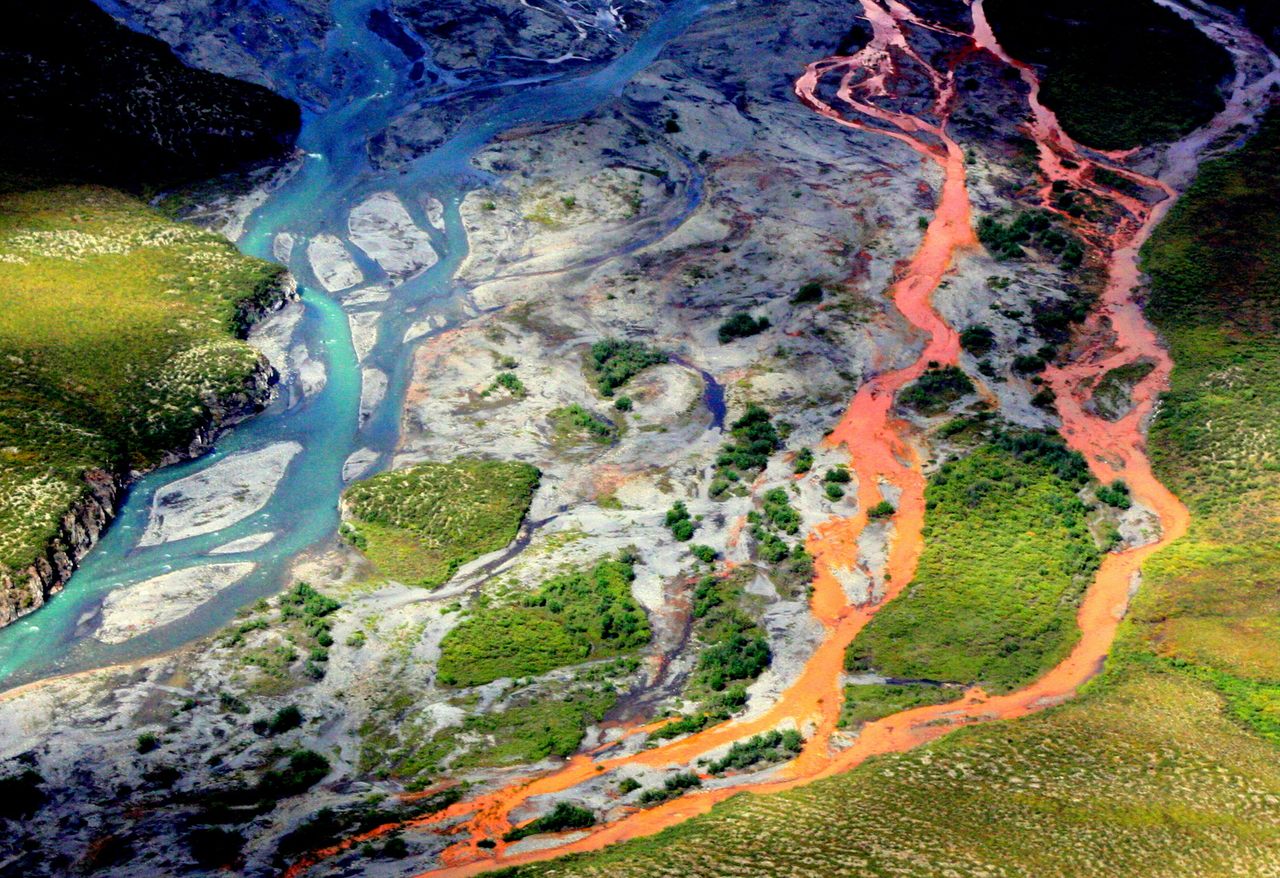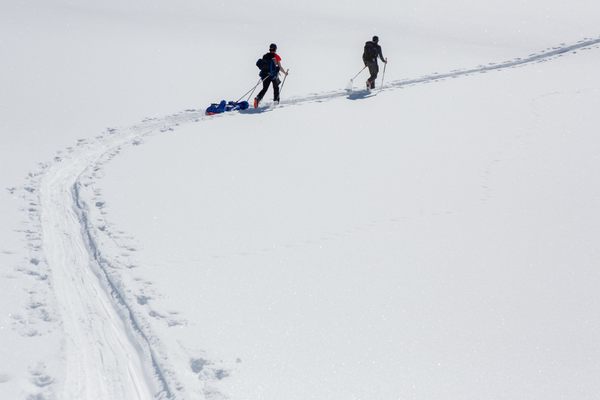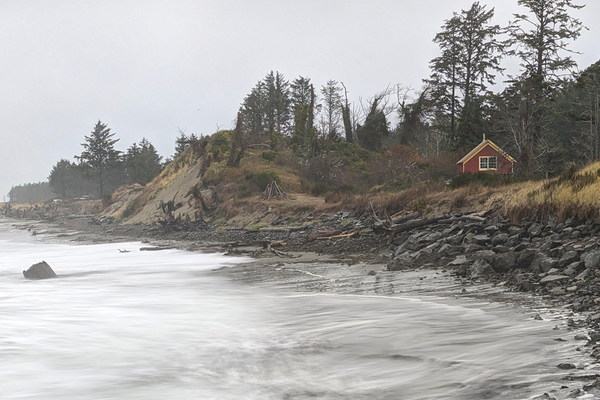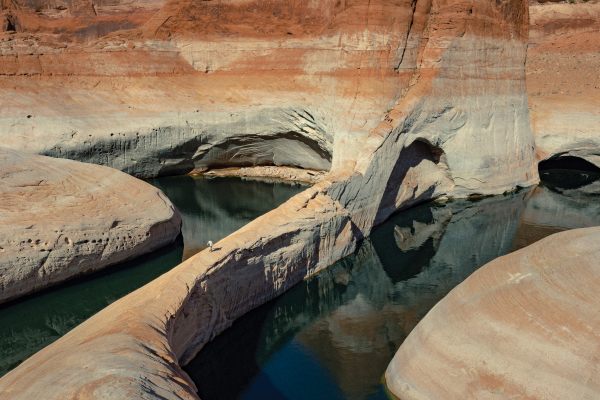Dozens of Alaska Rivers are Turning an Eerie Orange
The cause is just as concerning as the color.
Deep in northern Alaska’s Brooks Range, a network of pristine rivers snakes its way through 600 miles of tundra and glacial valleys. While the waters normally run a cool, crystal blue, scientists have noticed an alarming trend: Dozens of the range’s rivers have taken on an eerie shade of muddled orange.
The reason for the change in color was as alarming as its hue: The waters are rusting. As permafrost melts, long-stored acids and metals—including iron—are released into rivers, where they interact with oxygen, turning the water from clear blue to a milky orange, according to new research in the journal Communications: Earth and Environment.
In 2018, ecologist John O’Donnell saw the unsettling change firsthand. O’Donnell, lead author of the recent paper, works for the National Park Service’s Arctic Inventory and Monitoring Network in Anchorage. During fieldwork, he found that a river that was running clear just a year before had taken on a mysterious, rusty orange appearance. Scientists jumped at the opportunity to explore the anomaly, finding a total of 75 pumpkin-colored rivers and streams in the region, making up a tangle of ribbons so striking they can be seen from space.


The rusting of Alaska rivers is an unintended, unforeseen consequence of climate change, says coauthor and environmental toxicologist Brett Poulin at the University of California, Davis. “The sources of metals are natural,” he says, but points to human activity as a culprit behind the phenomenon, with global warming accelerating permafrost thaw across the region. Permafrost is a frozen compound of soil, gravel, and sand covering around 24 percent of the Northern Hemisphere—roughly 8.8 million square miles.
As the permafrost melts, carbon, nutrients, and trace metals—including zinc, copper, nickel, lead, and iron—that had been stored for centuries or millennia are released into waterways. When these elements interact with oxygen in the water, it impacts pH, conductivity, and even color, in a phenomenon known as Acid Rock Drainage (ARD). ARD contaminates drinking water and can degrade aquatic ecosystems.
While O’Donnell first recorded the discoloration in the Brooks Range in 2018, satellite images show the presence of orange rivers in the area since 2008. Beyond Alaska, ARD has been seen around the world, and is being exacerbated by climate change.

Water and sustainability researcher Santiago Montserrat at the Advanced Mining Technology Center at the University of Chile was not involved in the study but has observed an increase in ARD in the Andes due to shrinking glaciers. “Climate change is generating change above all in mountainous places,” he says. And once the damage of ARD is done, there may be no going back. “It’s hard to think of something that can reverse acid rock drainage,” says Montserrat. “We have to pay the price of climate change.”
That cost goes deeper than the rivers’ orange, turbid surface. The contaminated waters aren’t healthy for fish and the aquatic insects they eat, which threatens fisheries that local communities and wildlife rely on. At Montserrat’s research site in Chile, the relatively small amount of contaminated water can be treated for human consumption. Poulin says they may do the same at specific locations in Alaska, but cleaning up the entire expanse of orange rivers is “not feasible.”
Fortunately, some of the orange waters have been able to self-regulate through a natural buffering system that allows rivers to absorb or neutralize excessive acids and revert to their natural color and composition. Today, the team continues monitoring several affected sites, hoping to improve our understanding of the phenomenon and what the future may hold. “We’re trying to get a sense of the trajectory, to know whether it’s going to get worse or better,” says Poulin. “At this point, there are more unknowns than knowns.”






























Follow us on Twitter to get the latest on the world's hidden wonders.
Like us on Facebook to get the latest on the world's hidden wonders.
Follow us on Twitter Like us on Facebook